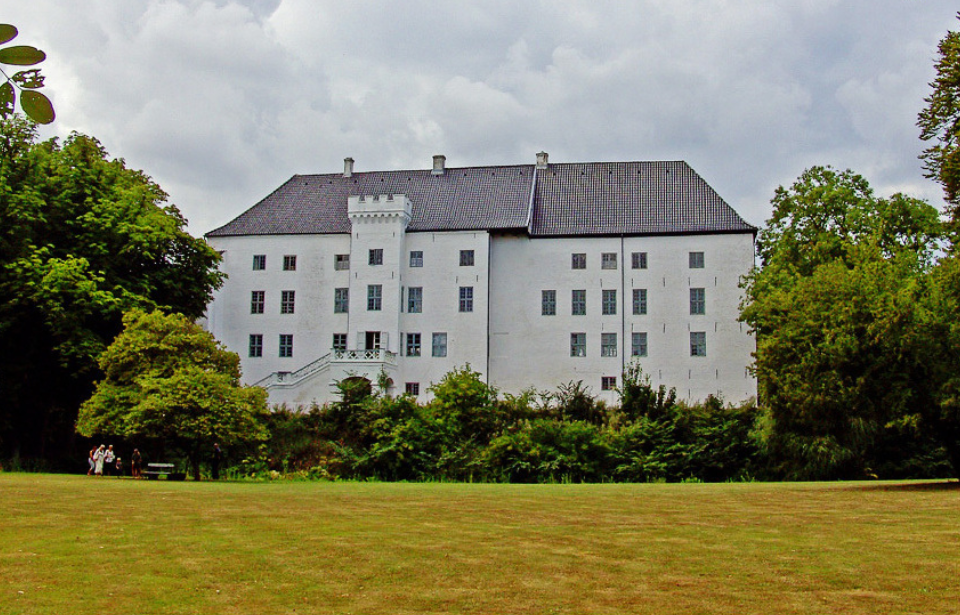This imposing building, today a luxury hotel complete with golf course and Michelin star restaurant, proudly stands between meadows and lakes on the island of Zealand, in Denmark. Built as a palace in 1215 by Peder Sunesen, the Bishop of Roskilde, Dragsholm is reportedly one of the most haunted castles in Europe. It is said to have at least 100 ghosts who wander its corridors, but there are three hauntings in particular for which Dragsholm Castle is most famed: the Earl of Bothwell, the White Lady, and the Grey Lady – troublesome Lord, a desolate girl who was bricked into the wall, and a grateful protector.
The history of Dragsholm
To better understand their stories, we need to cast a look back into the castle’s 800 years of history. From its beginnings as a grand palace, Dragsholm was strongly fortified during the Middle Ages, and was the only castle to survive Denmark’s civil war of 1534-6, known as the Count’s Feud.
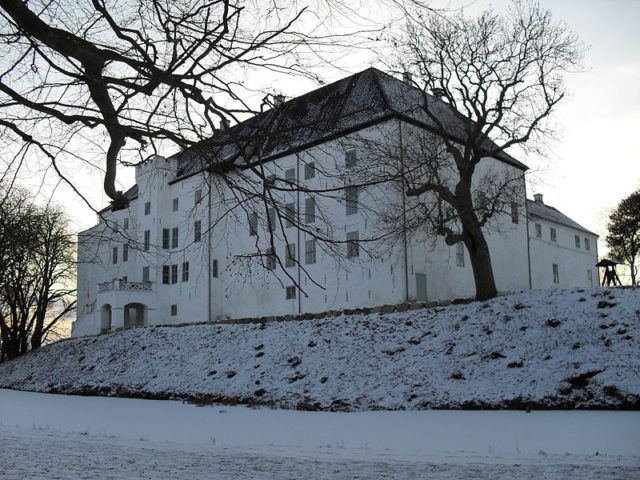
However, after the revolution, ownership of Dragsholm Castle was passed to the Crown, and for the period 1536 to 1664 it served as a prison. This was arguably the darkest period for the castle – the prisoners held here were the noblemen of the region who may have even previously resided in or visited Dragsholm in its grander days. Then followed the Protestant Reformation. As Lutheranism spread throughout Denmark and the Catholic Church eventually became outlawed, Dragsholm came to also house a number of bishops and other ecclesiastical inmates.
Prisoners at Dragsholm
Among the prisoners were a number of rather famous inmates, such as Joachim Rønnow, who was the last Catholic Bishop of Roskilde and ironically once owned the place, and James Hepburn, 4th Earl of Bothwell and third husband to Mary, Queen of Scots. He also serves as the first ghost on our list.
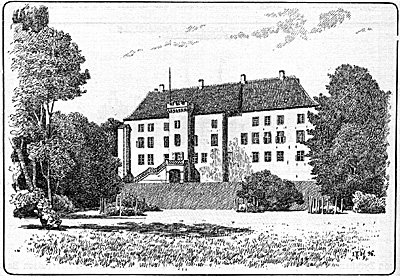
James Hepburn was a particularly disruptive Scottish noble. Trouble seemed to follow him; he was barely out of one scrape before he was in the next. After fleeing for his life from Scotland in 1567, Hepburn hoped to take refuge somewhere that would be more favorable. Unluckily for him, a storm forced his ship to land in Norway (then ruled by Denmark), where he was arrested for not having the correct identification papers. Some of his past misdemeanors caught up with him, particularly in the shape of an influential jilted former fiance, Anna Throndsen, whose dowry he had run off with. This was coupled with the fact that it was known the English were keen to catch up with him regarding the murder of his current wife’s second husband.
How the Earl became a ghost
The Danish king eventually sent the Earl of Bothwell to Dragsholm. Here, the stories tell us, he was chained to a pillar and given only enough food and water to keep him alive. The legend says that Hepburn went insane during the ten years he was locked in Dragsholm Castle. He spent that time pacing around his pillar until, when he died in April 1578, he had worn a circular groove in the floor that can still be seen to this day.
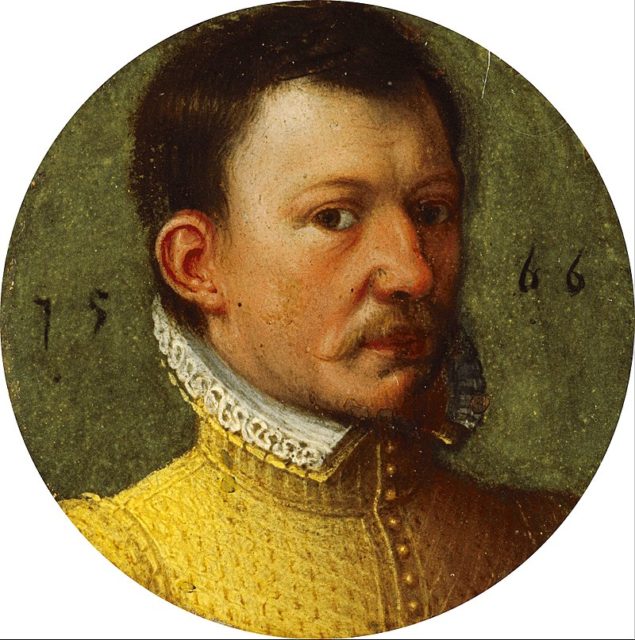
Even though his body was removed from the castle, his spirit remained behind. The ghost of the earl is heard rather than seen. People report the sounds of horses hooves in the courtyard, sometimes accompanied by a fully loaded carriage.
The structure passed through many hands
This place endured as a prison until Charles X Gustav of Sweden attempted to blow it to pieces during the Dano-Swedish War (1658-60). Dragsholm remained in shambles and squalor until it was given by the king to a grocer named Heinrich Müller, as payment of a debt. Müller began to restore the castle, but the Baroque style renovation that we see today was completed by its next owner, Frederik Christian Adeler, who bought Dragsholm in 1694. It remained in the hands of the Adeler family until 1932. With no further heir, the Central Land Board took up the deeds of ownership.
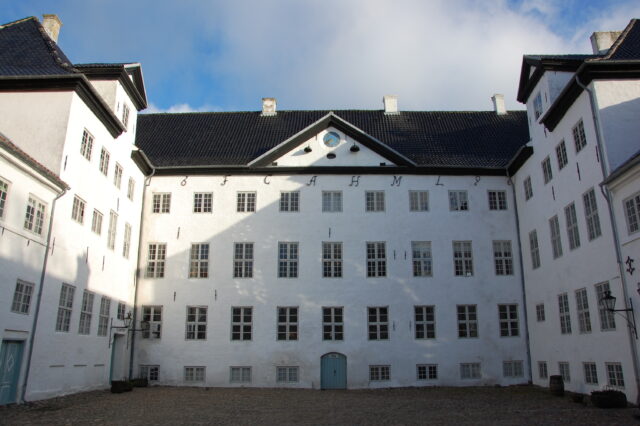
Five years later, the castle was bought by J.F. Bøttger, and it remains today under the management of the Bøttger family. The architecture that we encounter nowadays remains pretty much unchanged since the 17th century, although some restoration was taken once the First World War was over. With this revamp, many of the ballrooms and saloons were stylized in the Late Romantic fashion.
The second ghost at Dragsholm
It was while repairing the plumbing at some point in the 1930s that workmen made a gruesome discovery. It had long been rumored that the ghostly figure of a “young maiden” dressed in white stalked the castle at night, searching for her forbidden lover, and what they found added some weight to her story.
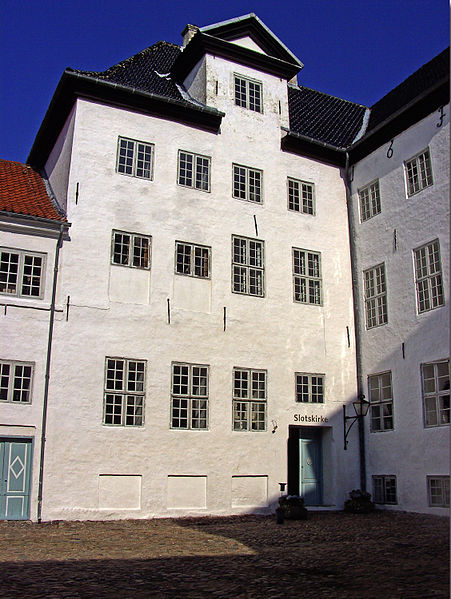
The tale goes that she was the daughter of one of the many owners of the the castle. It would have been totally unacceptable for a lady of aristocracy to strike up a relationship with a commoner, but the young lady, who may have been Celina Bovles, fell in love with a man who worked at the castle. Their secret affair was rumbled by her father who, in a rage, not only locked her in a prison cell in the tower, but went so far as to brick her up inside the wall.
This was just another ghost story, the White Lady who forever mourned a lost love and was heard wailing in her sorrow, until the skeleton of a female clothed in a white gown was discovered inside the wall.
The ghost of the Grey Lady
The story of the Grey Lady is a much more lighthearted ghost story. It tells of a woman who, as a sign of gratitude, remained to serve in this castle even after her death. During her days here, this servant suffered from a dreadful toothache. The master of the house saw to it that she received treatment, some accounts say in the form of a poultice, which relieved her pain.
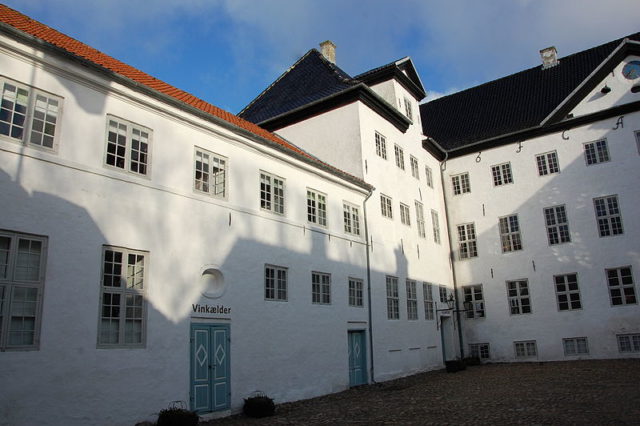
Read more: Is Poveglia Island the Most Haunted Location in the World?
She died soon afterwards, but her spirit remained so grateful for the kindness that she haunts the castle as a kind of protector, always looking for good deeds to perform.
